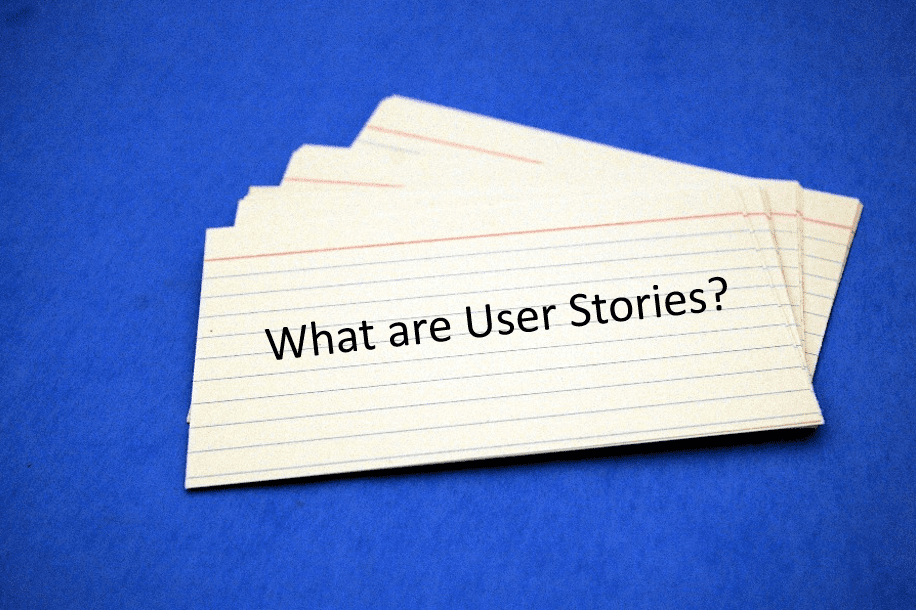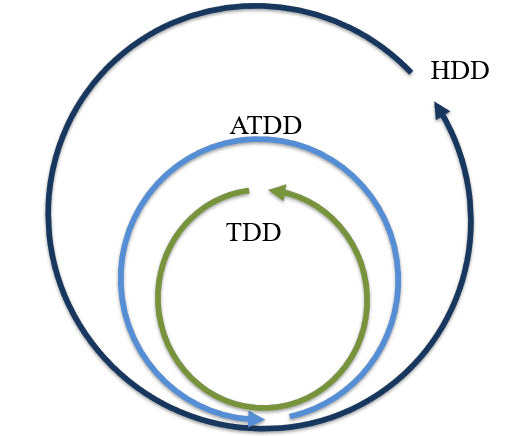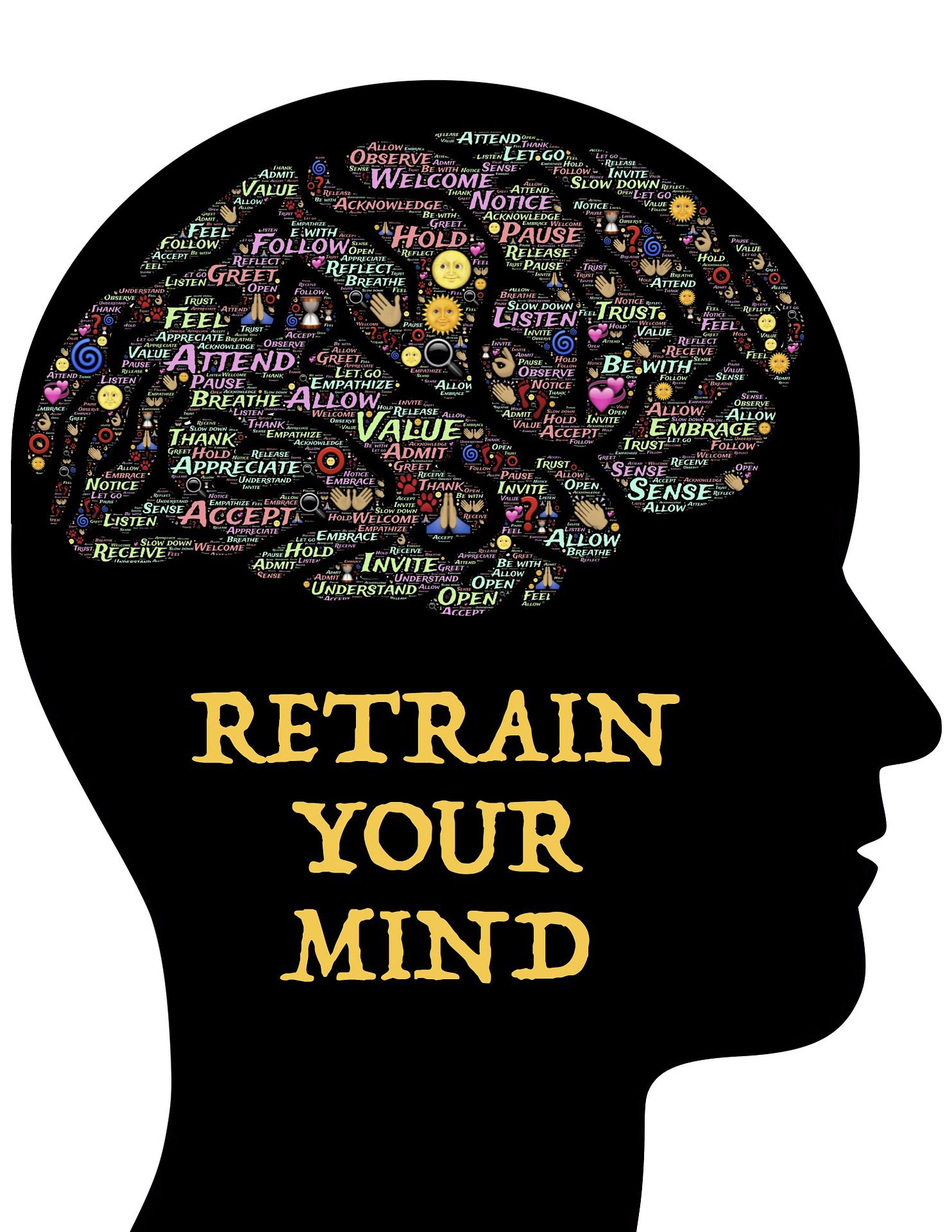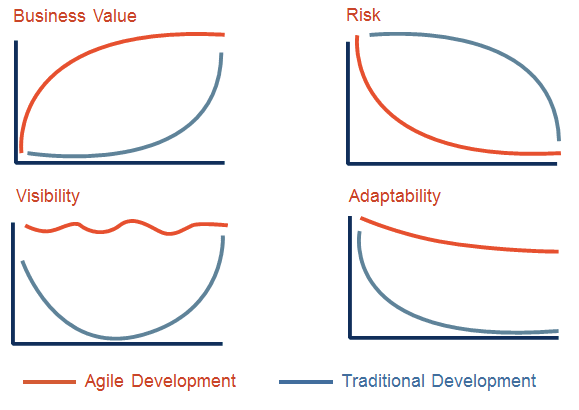Top 5 Advantages of User Stories
Before we look at why use user stories, let’s first start by looking at other common requirement gathering techniques. 1st, there is the IEEE 830 with “The system shall… “, The system shall do this…, the system shall do that, and my favorite, the system shall be bug free 😊. We typically start out with an…










